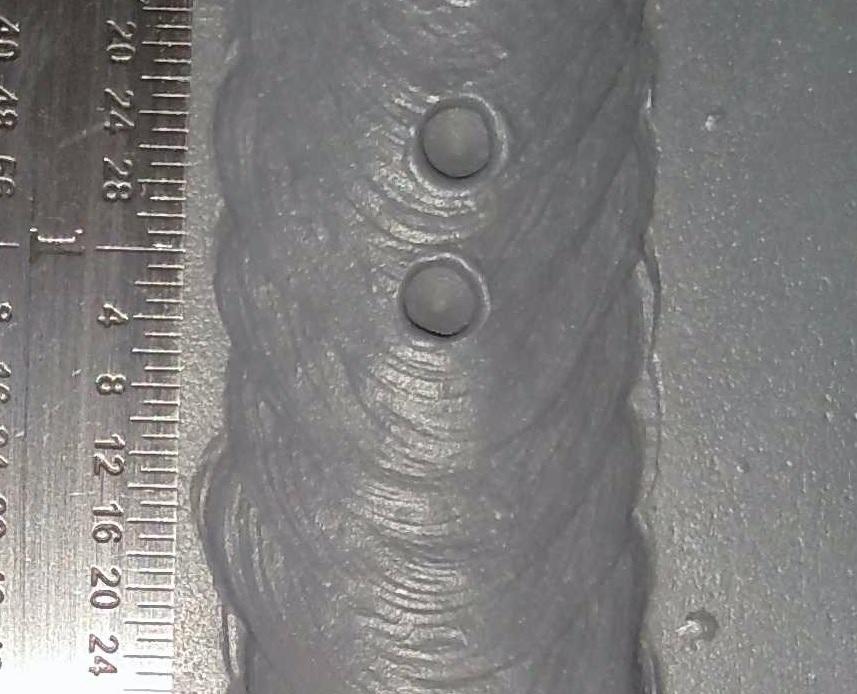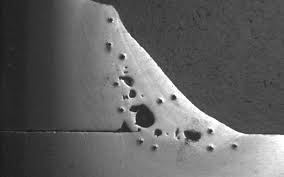Specialist Advice on What is Porosity in Welding and How to Address It
The Scientific Research Behind Porosity: A Comprehensive Overview for Welders and Fabricators
Comprehending the complex systems behind porosity in welding is essential for welders and producers aiming for flawless workmanship. From the make-up of the base products to the intricacies of the welding process itself, a multitude of variables conspire to either intensify or minimize the existence of porosity.
Comprehending Porosity in Welding
FIRST SENTENCE:
Examination of porosity in welding discloses critical understandings right into the stability and high quality of the weld joint. Porosity, defined by the presence of tooth cavities or gaps within the weld metal, is a typical concern in welding processes. These spaces, otherwise effectively resolved, can endanger the structural integrity and mechanical residential or commercial properties of the weld, leading to possible failings in the completed product.

To detect and evaluate porosity, non-destructive screening methods such as ultrasonic testing or X-ray examination are commonly utilized. These techniques permit for the identification of internal issues without jeopardizing the integrity of the weld. By assessing the dimension, shape, and circulation of porosity within a weld, welders can make educated choices to enhance their welding processes and attain sounder weld joints.

Factors Affecting Porosity Formation
The occurrence of porosity in welding is influenced by a myriad of factors, varying from gas protecting effectiveness to the intricacies of welding criterion setups. One essential factor adding to porosity development is inadequate gas securing. When the protecting gas, generally argon or CO2, is not properly covering the weld pool, atmospheric gases like oxygen and nitrogen can infect the molten steel, causing porosity. Additionally, the sanitation of the base materials plays a significant duty. Contaminants such as corrosion, oil, or wetness can evaporate throughout welding, creating gas pockets within the weld. Welding specifications, including voltage, existing, travel rate, and electrode type, additionally impact porosity development. Using inappropriate settings can create extreme spatter or warmth input, which subsequently can lead to porosity. In addition, the welding method used, such as gas metal arc welding (GMAW) or secured metal arc welding (SMAW), can affect porosity development because of variants in heat circulation and gas coverage. Recognizing and controlling these elements are vital for reducing porosity in welding operations.
Effects of Porosity on Weld High Quality
The existence of porosity also weakens the weld's resistance to corrosion, as the caught air or gases within the spaces can respond with the surrounding atmosphere, leading to deterioration over time. Additionally, porosity can prevent click to investigate the weld's capability to withstand stress or effect, additional endangering the overall top quality and integrity of the bonded structure. In critical applications such as aerospace, vehicle, or architectural constructions, where safety and resilience are paramount, the damaging results of porosity on weld high quality can have serious consequences, emphasizing the importance of reducing porosity via proper welding methods and treatments.
Strategies to Lessen Porosity
To boost the top quality of bonded joints and guarantee architectural integrity, welders and fabricators use specific methods targeted at reducing the formation of gaps and dental caries within the material throughout the welding process. One efficient technique to decrease porosity is to make sure correct product prep work. This includes complete cleansing of the base steel to eliminate any kind More hints of contaminants such as oil, grease, or dampness that might add to porosity development. In addition, making use of the ideal welding parameters, such as the proper voltage, present, and take a trip rate, is crucial in protecting against porosity. Maintaining a constant arc length and angle during welding likewise helps reduce the likelihood of porosity.

Making use of the suitable welding strategy, such as back-stepping or using a weaving movement, can also help distribute heat uniformly and reduce the chances of porosity formation. By implementing these techniques, welders can successfully reduce porosity and produce top quality welded joints.

Advanced Solutions for Porosity Control
Applying cutting-edge innovations and innovative approaches plays an essential role in achieving superior control over porosity in welding processes. Additionally, employing advanced welding strategies such as pulsed MIG welding or changed ambience welding can likewise help minimize porosity concerns.
One more sophisticated option involves making use of advanced welding equipment. Making use of devices with integrated features like waveform control and sophisticated power resources can enhance weld quality and decrease porosity threats. The execution of automated welding systems with precise control over parameters can substantially decrease porosity issues.
Moreover, integrating sophisticated monitoring and examination technologies such as real-time X-ray imaging or automated ultrasonic testing can aid in identifying porosity early in the welding procedure, enabling prompt corrective activities. On the whole, incorporating these advanced solutions can significantly enhance porosity control and improve the total top quality of bonded parts.
Verdict
In conclusion, recognizing the scientific research behind porosity in welding is necessary for welders and producers to produce top quality welds - What is Porosity. Advanced services for porosity control Extra resources can better improve the welding procedure and guarantee a solid and dependable weld.